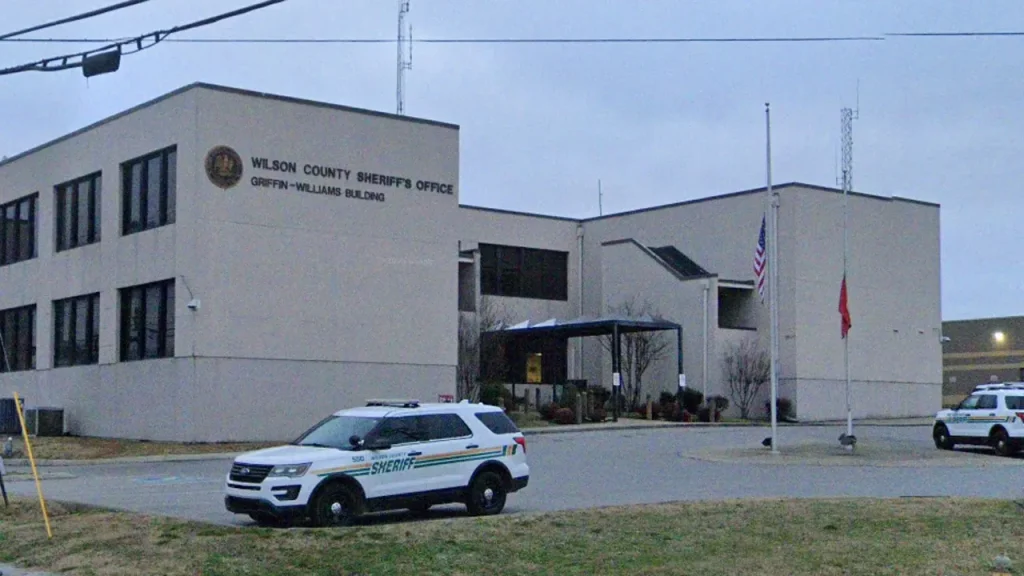Emergency Response Unfolds Following LifeFlight Helicopter Crash in Wilson County
In a concerning development on Saturday afternoon, emergency services rushed to respond to a LifeFlight helicopter crash near the Cumberland River in Wilson County, Tennessee. The Wilson County Sheriff’s Office confirmed they were coordinating with multiple agencies on the scene shortly after 2:30 p.m. local time, working quickly to address the situation that unfolded in the 7100 block of Cairo Bend Road. As first responders gathered at the crash site, immediate details about casualties or the number of people aboard remained unclear, leaving the community and officials anxiously awaiting further information.
The incident prompted an immediate response from local authorities, who requested that motorists avoid the area to allow emergency personnel to work effectively. “We are asking motorists to please avoid the area and seek an alternate route to allow emergency personnel to safely and effectively manage the scene,” the Sheriff’s Office stated as they established a perimeter around the crash site. This type of medical helicopter service provides critical air transport for emergency medical situations, making any incident involving such aircraft particularly concerning for the community that relies on these life-saving services.
As news of the crash spread, Representative Scott DesJarlais, R-Tenn., took to social media platform X to express his concern and call for community support through this difficult time. “Please join Amy and I in praying for those involved in the LifeFlight helicopter crash in Wilson County,” DesJarlais wrote, adding his voice to the growing number of concerned citizens monitoring the situation. His message reinforced the authorities’ request for people to avoid the area, emphasizing the importance of giving emergency workers the space they needed to address the crisis effectively while the community began to process the potential impact of the accident.
The crash of a LifeFlight helicopter represents a particularly poignant emergency situation, as these aircraft serve as airborne ambulances, often carrying critically ill or injured patients along with medical personnel dedicated to providing life-saving care. While the specific circumstances of this flight remain unknown, the incident highlights the inherent risks faced by emergency medical professionals who regularly put themselves in danger to help others. These medical flight crews work in challenging conditions, responding to emergencies regardless of weather or terrain, making their service both invaluable and fraught with potential hazards that most people never encounter in their daily lives.
As with any aircraft incident, the investigation will likely involve multiple federal agencies including the Federal Aviation Administration (FAA) and the National Transportation Safety Board (NTSB), which typically handle the complex task of determining what caused such accidents. These investigations are thorough but often time-consuming, analyzing everything from weather conditions and mechanical systems to pilot actions and maintenance records. For the families of anyone involved and the broader medical emergency response community, answers about what happened may take weeks or months to emerge as investigators piece together the sequence of events leading to the crash near Cumberland River.
While the community waits for more information, this incident serves as a stark reminder of the risks taken by emergency responders every day and the fragility of the systems we depend on in crisis situations. The response to the crash—multiple agencies coordinating seamlessly, public officials calling for support and understanding, and citizens respecting the needs of emergency personnel—demonstrates how communities come together during unexpected tragedies. As the situation continues to develop, the focus remains on providing any necessary assistance to those directly affected by the crash while honoring the dedication of the medical flight teams who routinely risk their safety to save others in their most vulnerable moments. Their commitment to serving others in emergencies represents the highest calling of medical service, regardless of the dangers they face in fulfilling that mission.


